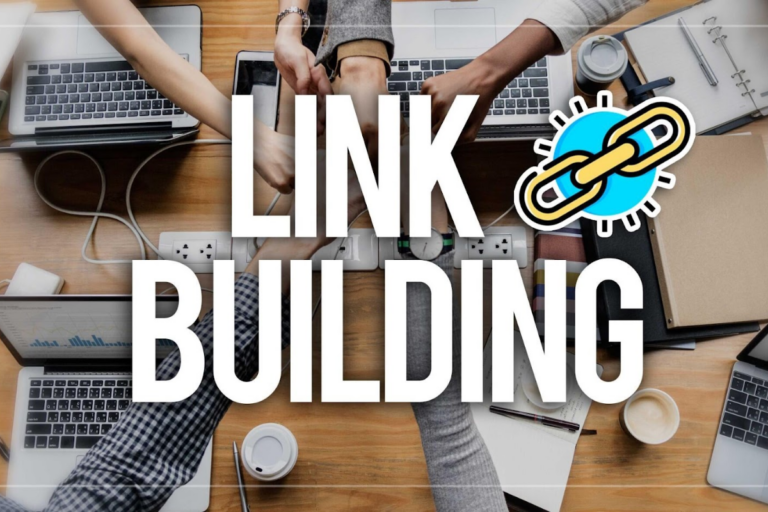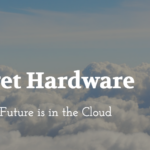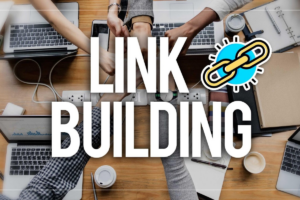The laser market is red hot, both literally and figuratively. As technology has improved to produce better and more precise lasers combined with decreasing prices for devices the demand for laser engravers and cutters has never been greater.
The versatility of laser engravers and cutters has made them a perennial favorite across a wide number of industries. Of course, they will always be known in the production of finely crafted pieces of art, but they are also used by large companies to produce items that require a high deal of precision.
CO2 lasers represent the vast majority of lasers on the market and have replaced rotary machines in many a workshop and manufacturing floor around the world. It is simply faster and unlike handcrafted goods, the quality of work is not dependent on the experience and hands-on experience of the craftsman but rather in the amalgamation of smart design and good computer programming. Yes, it does take a bit of romance out of the product, but using lasers is a sign that companies lean more on the side of efficiency and science. So popular is this technology that several companies that sell laser devices are showing record year-over-year growth.
The decrease in price is a huge factor in the success and adoption of laser engravers and cutters. This, however, is not surprising. Following the trend of other products and industries, the progression of technology in a field tends to decrease the cost of goods in that field. Better technology also means smaller form factors. A decade ago you would have had to spend over $10,000 for a quality laser etching machine that was the size of a small car. These days you can get a table top version, no bigger than a toaster, for under $100. Quality of course still has to be considered. There can only be so much power and wattage that can be contained within the table top version, but that’s fine because these days there seems to be a laser engraver to suit almost any need and price bracket.
Then there’s YAG and fiber lasers. These utilize newer technology, and although they may cost more than the standard CO2 lasers, they are more powerful which translates to more precision and are more durable, often exceeding the lifespan of a CO2 laser by a factor of 10. All this new technology simply means that the person working the device will have a greater degree of options when it comes to the materials they use, and also the designs they would like to implement.
The future of the laser engraving industry has never been brighter. Due to a serendipitous collision of technological improvements and lower costs, the adoption rate and enthusiasm surround laser engraving has never been higher. It seems that if a design can be imagined, it can be manifested using a laser engraver. And, on the commercial side of things, this just means more business as a greater deal of clients’ needs can be met.





























1 thought on “What’s Happening in The Laser Market?”
I don’t know much about lasers or their market, but this article is interesting. To be honest, I didn’t even know that there was much of a market for lasers, but I enjoy learning about it nonetheless. Thanks for sharing!